Results
-
 £54.95
£54.95Shine!
Composer: Barrie GottDuration: 3.00Series: Silver TradeWinds Concert Band SeriesGrade/Difficulty: 64Barrie Gott, originally from Sheffield, now living in in the suburbs of Sydney Australia has, in the past, composed 2 very successful swing numbers, entitled Light-walk and Swingtime Religion; here is a brand new third piece to add to the collection. Set around the spiritual This little light of mine it will feature well on most types of concert programme and will be enjoyed by all.
Estimated dispatch 7-14 working days
-
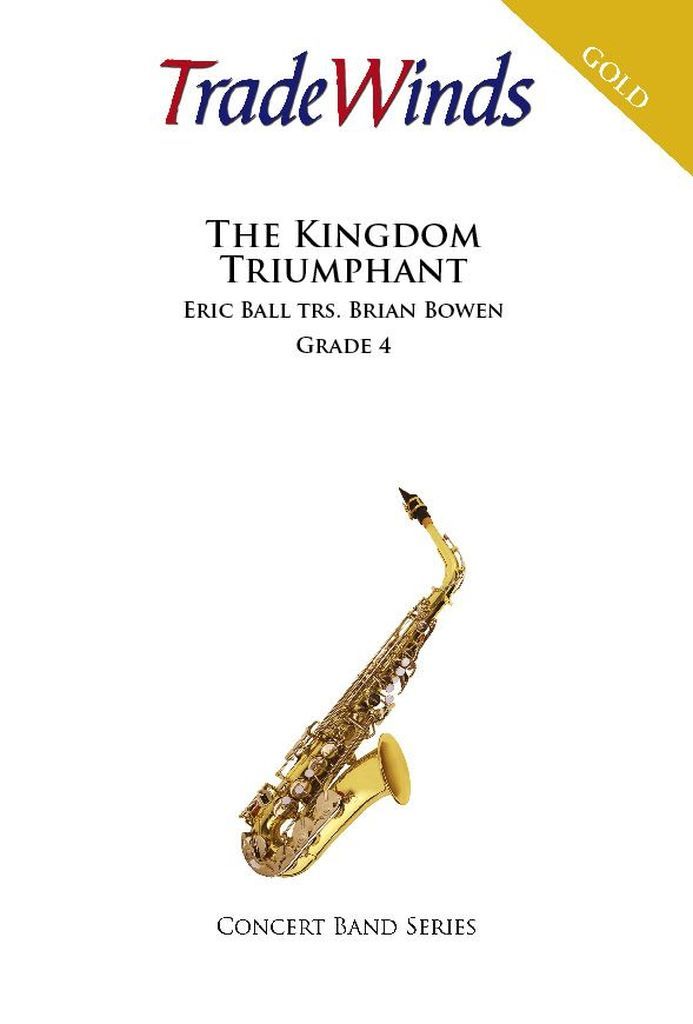 £79.95
£79.95The Kingdom Triumphant
This iconic 'tone poem' in three movements, but played continuously, uses the tunes 'The blast of the trumpet', 'O come, o come, Emmanuel' and a triumphant treatment of the stirring tune 'Helmsley'.
Estimated dispatch 7-14 working days
-
 £44.95
£44.95Trumpet Concerto in E Flat (1st Movement)
Composer: J. B. NerudaDuration: 6:00Series: Silver TradeWinds Concert Band SeriesGrade/Difficulty: 28Arranger: Richard PhillipsJohan Baptist Georg Neruda was a classical composer born in Bohemia which is now part of the Czech Republic. Very little is known about this composer other than he had a good reputation as a violinist and conductor in Prague and Germany and became the Konzertmeister of the Dresden Court Orchestra.
Estimated dispatch 7-14 working days
-
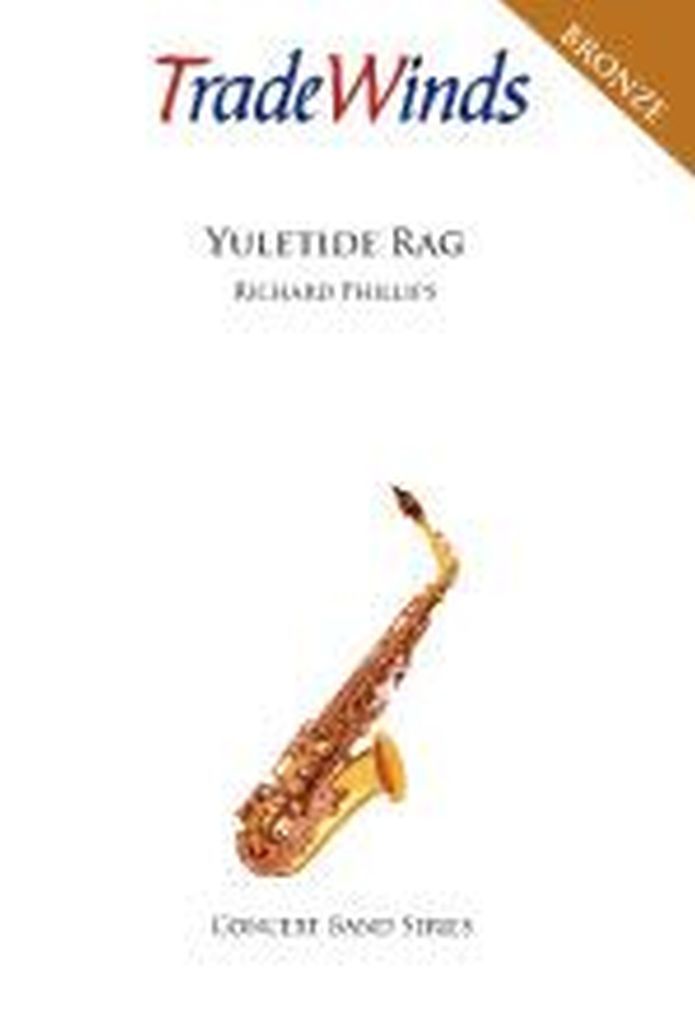 £39.95
£39.95Yuletide Rag
Yuletide Rag features the well-known Christmas song 'Deck the hall' arranged in the style of a Scott Joplin rag, attractive and accessible to wind bands of all sizes.
Estimated dispatch 7-14 working days
-
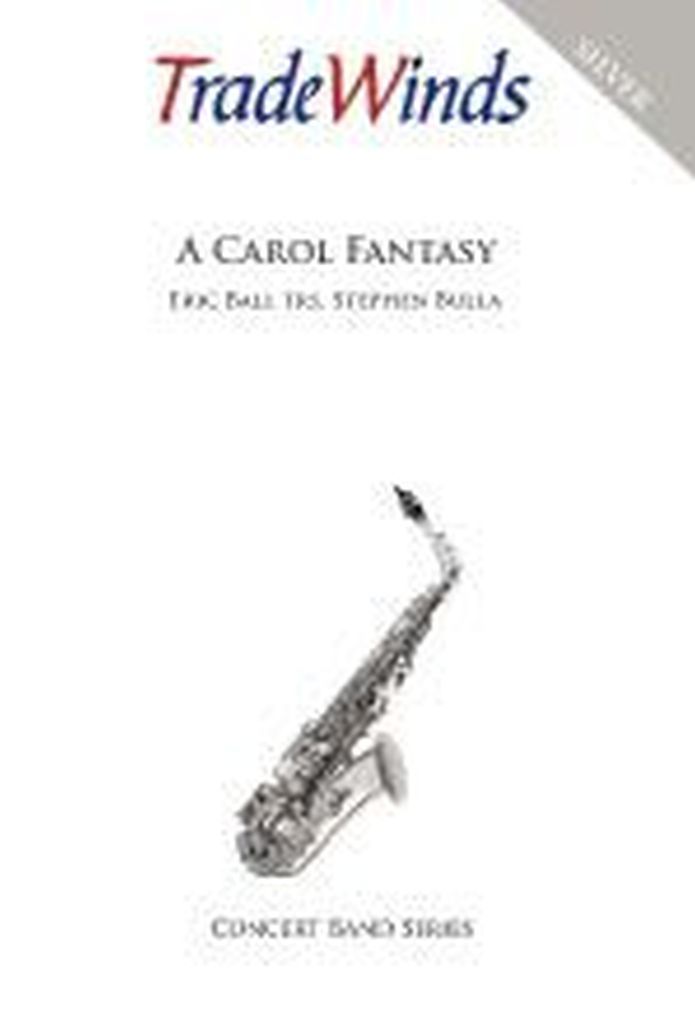 £39.95
£39.95A Carol Fantasy
The aim of this music is to reflect a meditative, even dream-like mood. Four carols are heard; 'Away in a Manger', 'The Holly and the Ivy', 'The Coventry Carol' and 'The First Nowell'.
Estimated dispatch 7-14 working days
-
 £29.95
£29.95A Christmas Mambo
A Christmas Mambo is a Latino style arrangement of the popular Christmas Carol God rest ye merry gentlemen. It is a fun number that heavily features the percussion section and could be enhanced by some visual creativity.
Estimated dispatch 7-14 working days
-
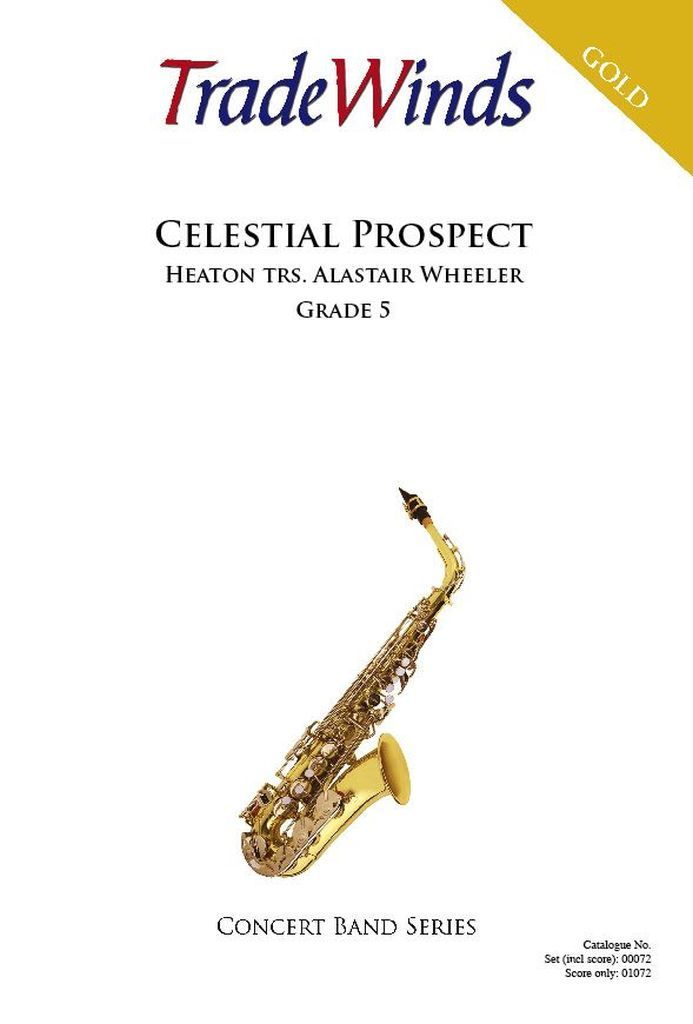 £79.95
£79.95Celestial Prospect
Wilfred Heaton's compositions have a worldwide appreciation and although his output was small it is work of the highest integrity and calibre. The history surrounding 'Celestial Prospect' is somewhat sketchy. The composer describes i
Estimated dispatch 7-14 working days
-
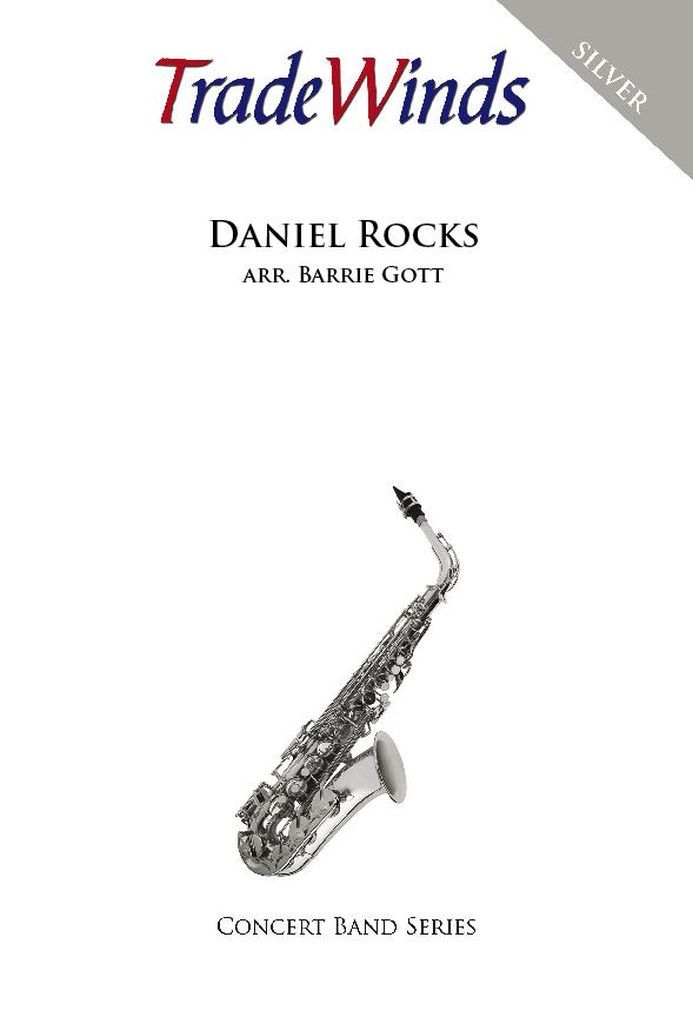 £39.95
£39.95Daniel Rocks
An arrangement of the song 'Dare to be a Daniel' in a rock style that players and listeners will enjoy.
Estimated dispatch 7-14 working days
-
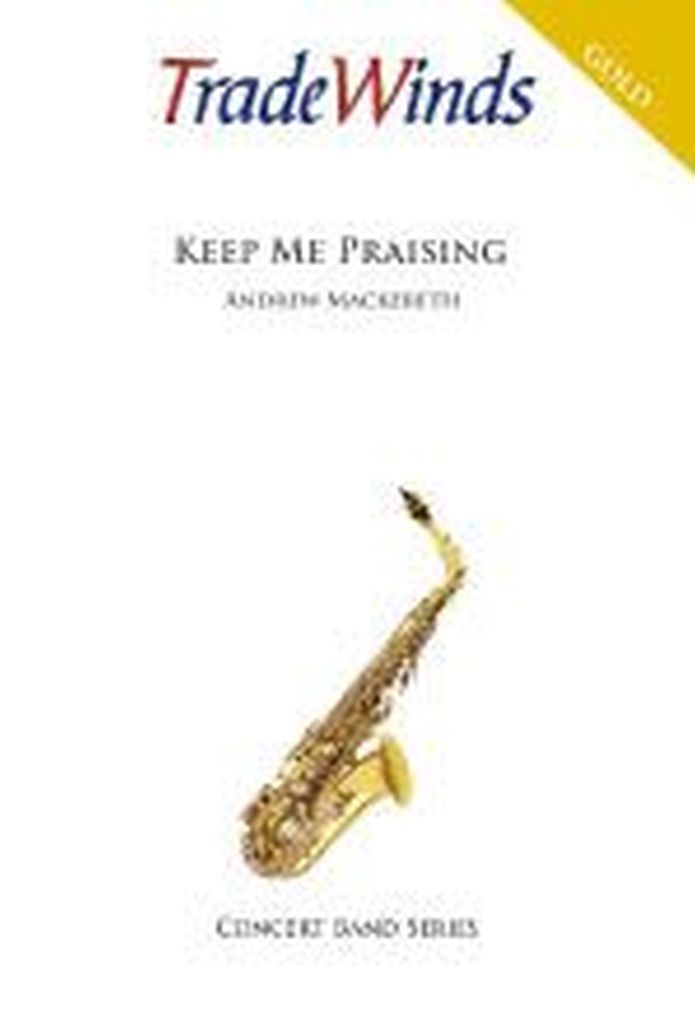 £69.95
£69.95Keep Me Praising
Based on the melodies 'Give me joy in my heart, keep me praising' and 'Praise my soul, the King of Heaven', the music is largely light-hearted with some interesting interplay between the two tunes.
Estimated dispatch 7-14 working days
-
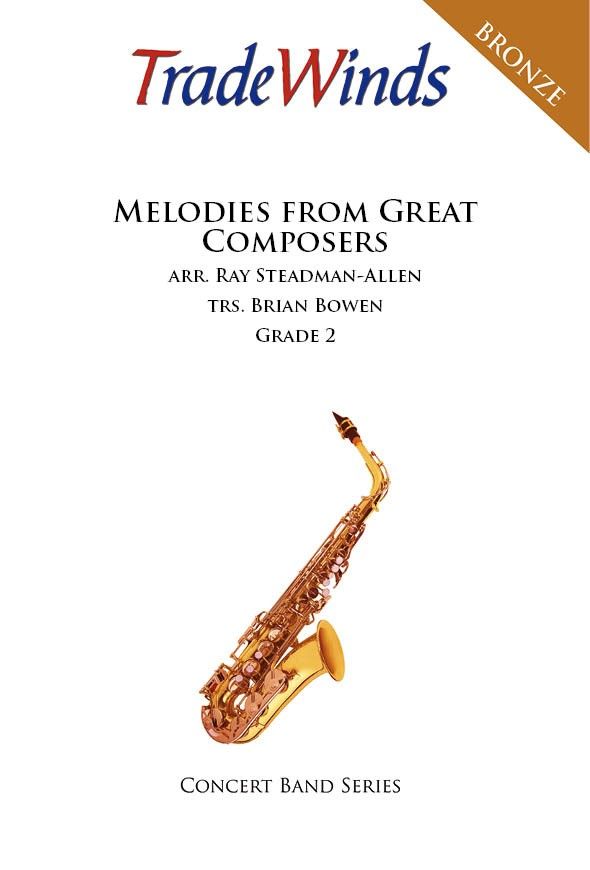 £34.95
£34.95Melodies from Great Composers
Duration: 5:00Series: TradeWindsGrade/Difficulty: 60Arranger: Ray Steadman-AllenTranscriber: Brian BowenRay Steadman-Allen has selected 4 melodies, composed by some of the great composers, and linked them together to form a medley that will appeal to many a listener. Soldiers March by Schumann, Haydns Aria, Waltz No. 3 by Schubert and the exciting theme from William Tell by Rossini have all been featured to make both a interesting and educational medley for young bands.
Estimated dispatch 7-14 working days
